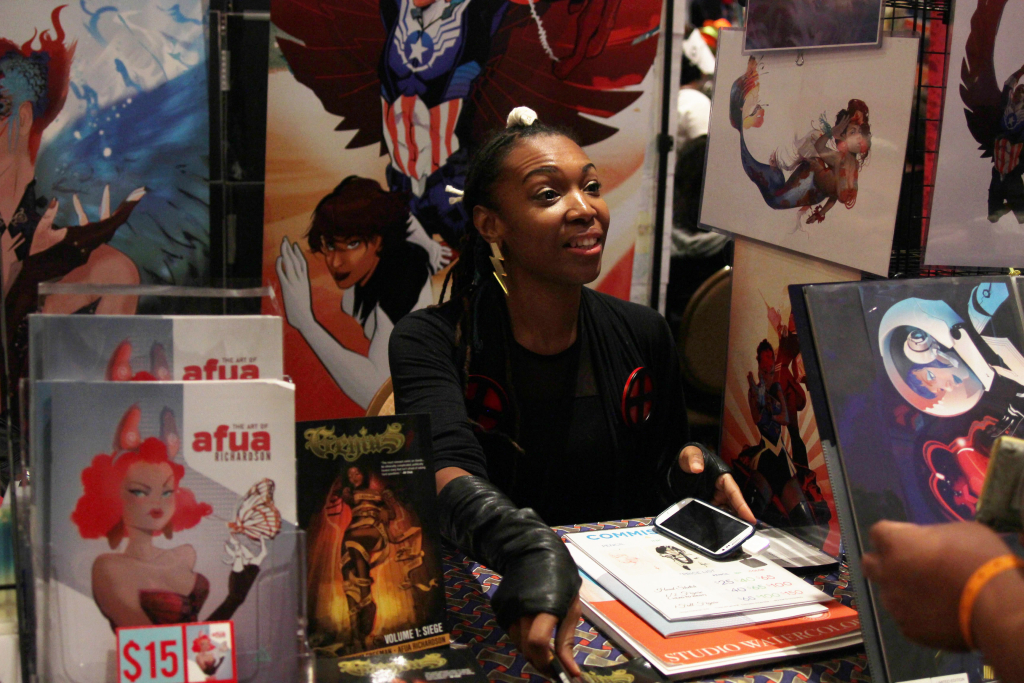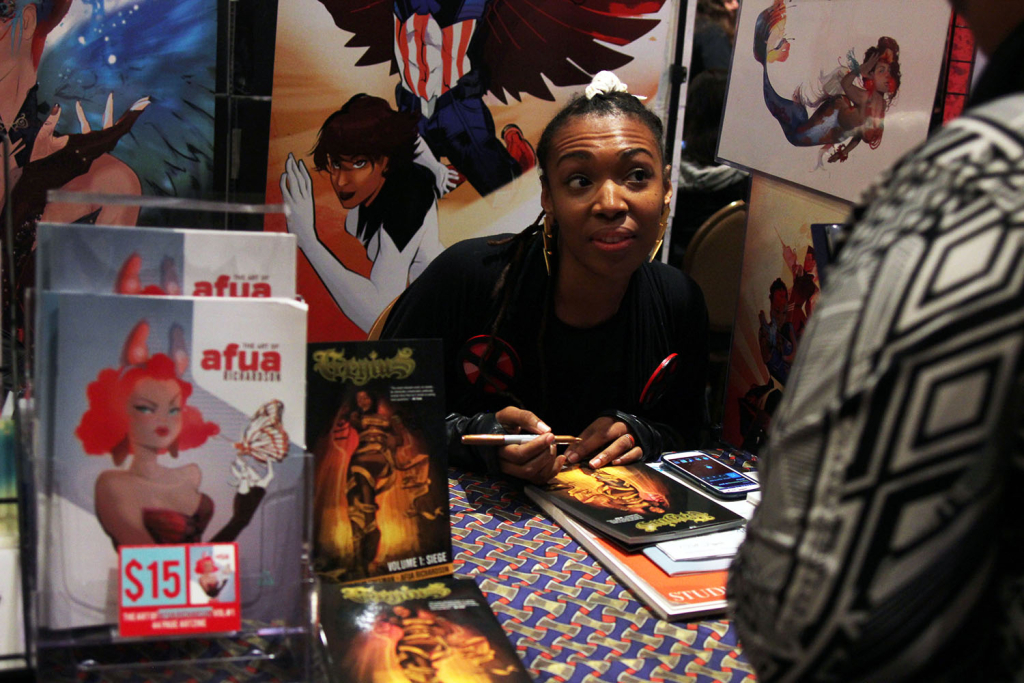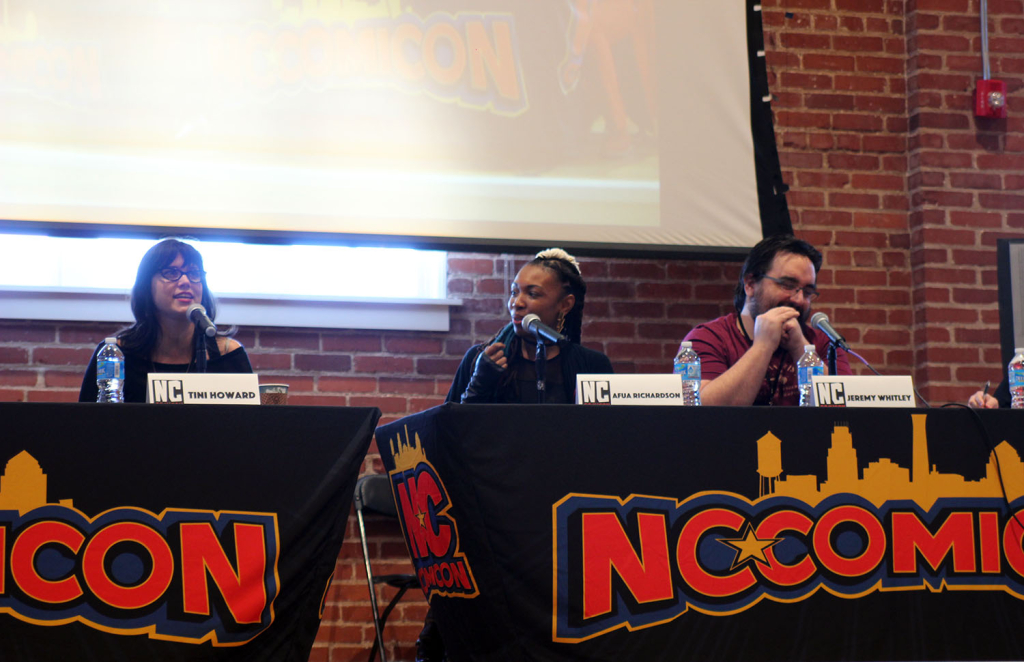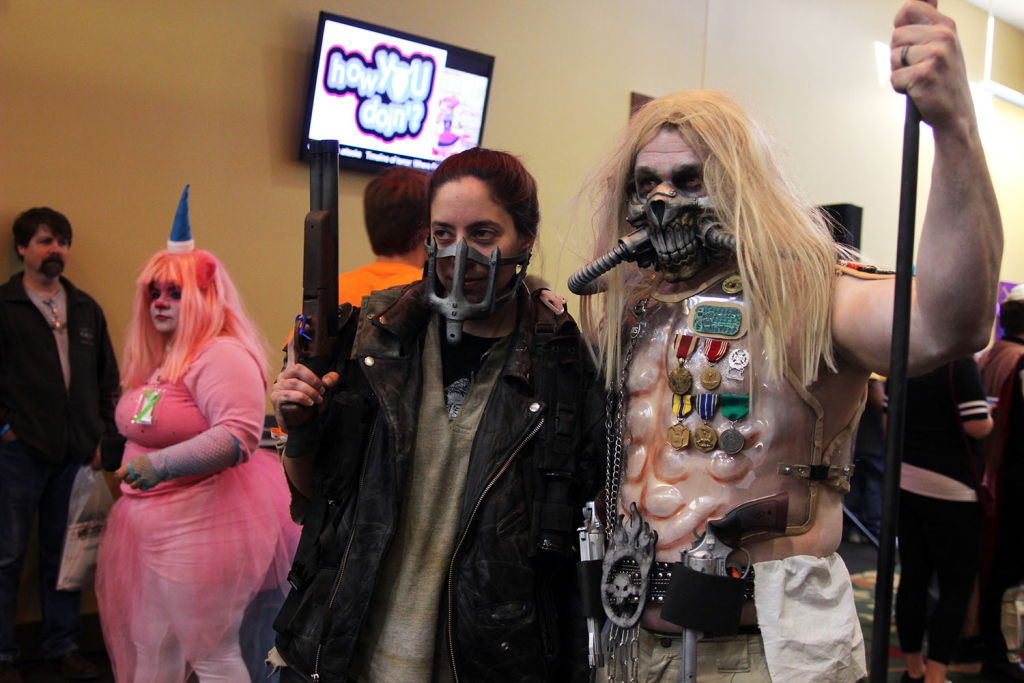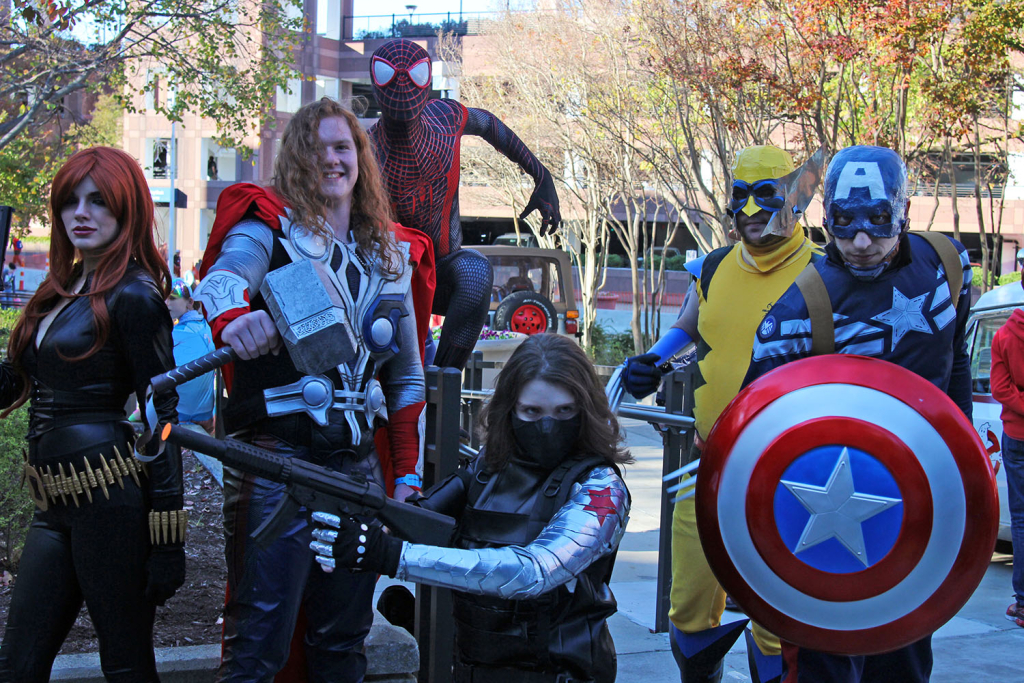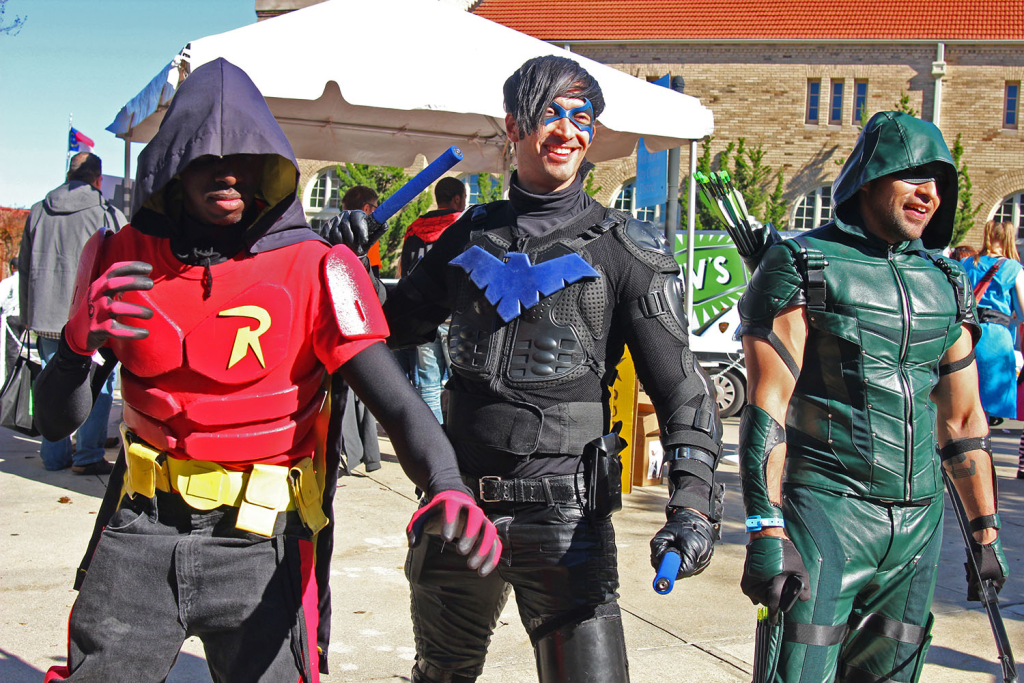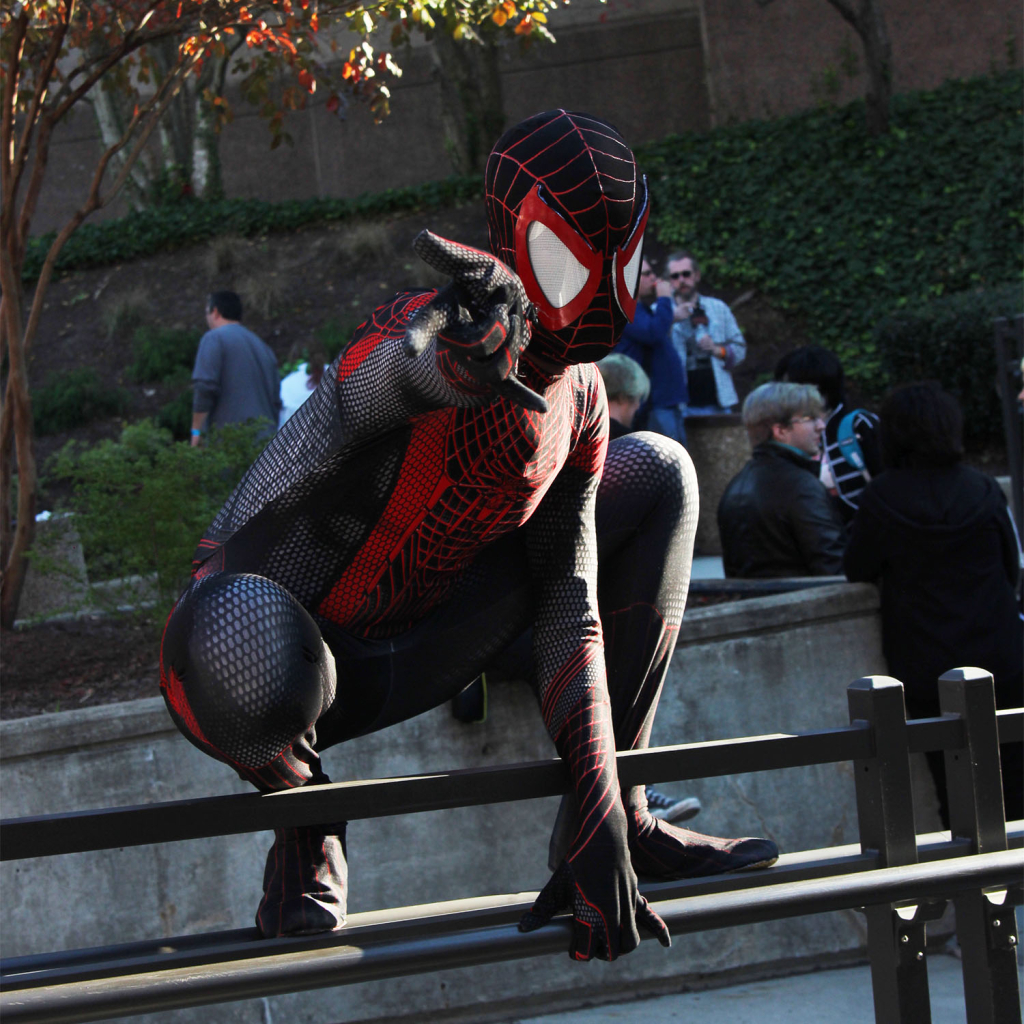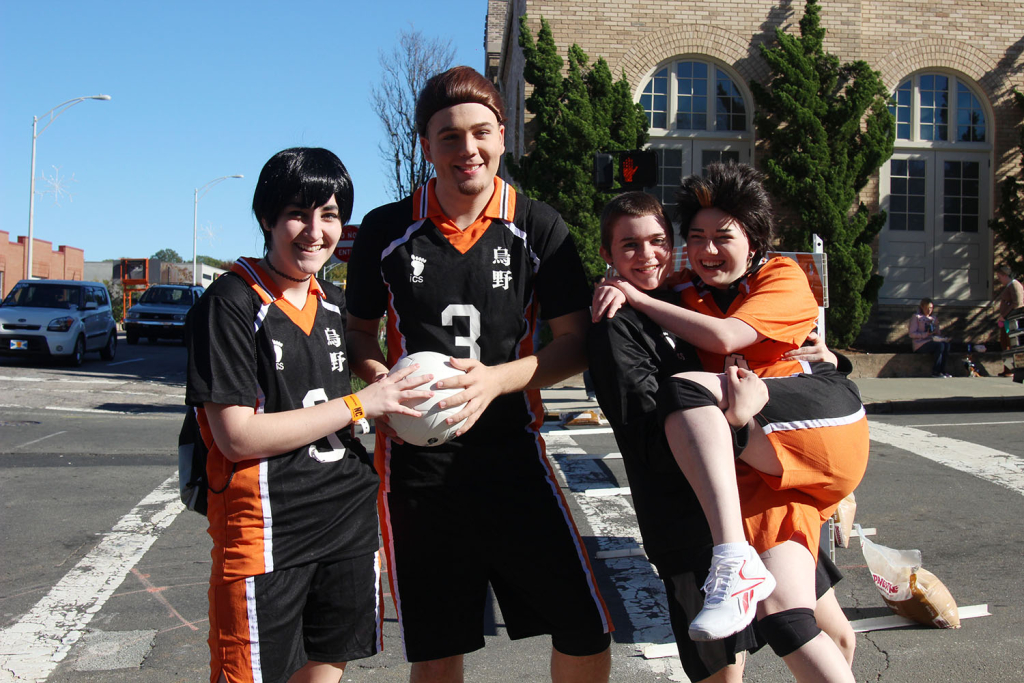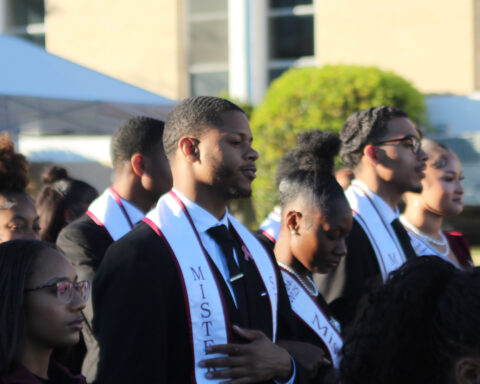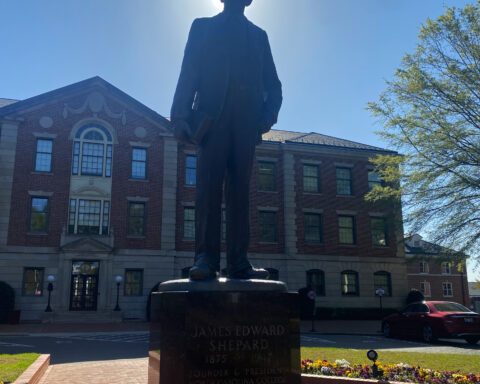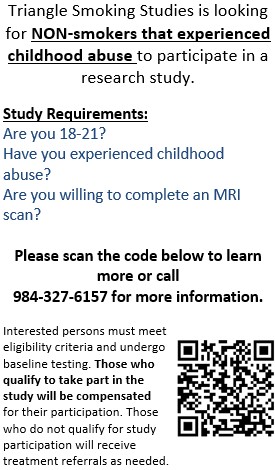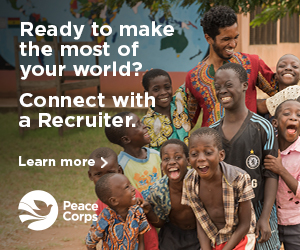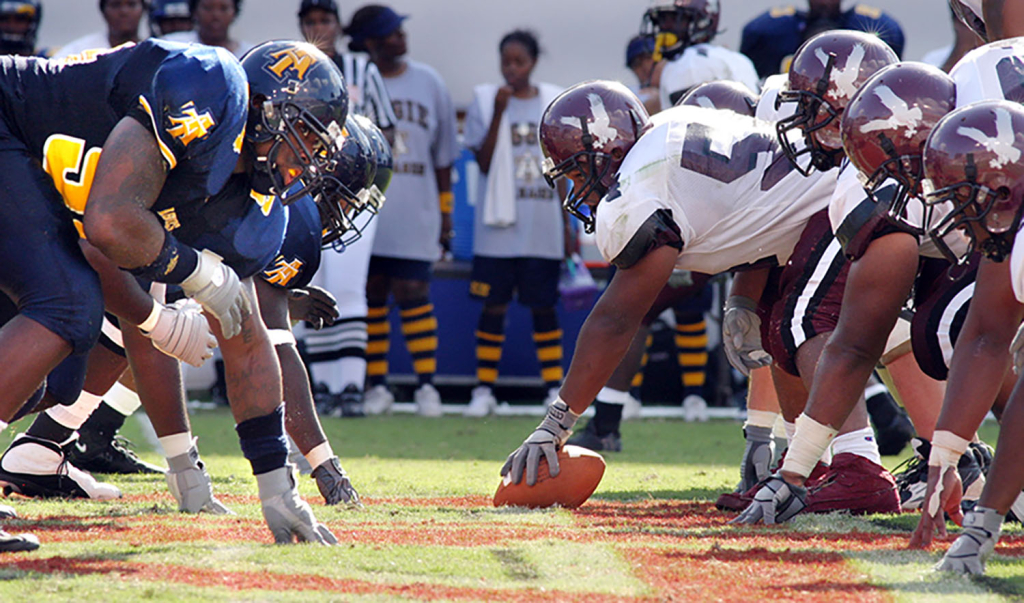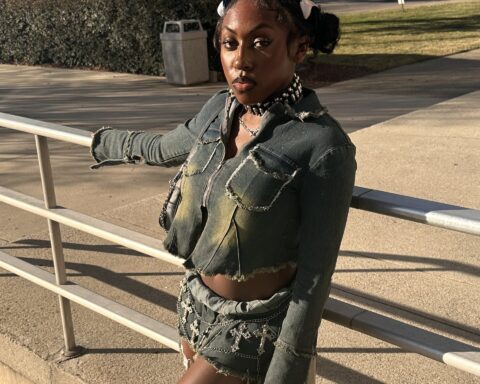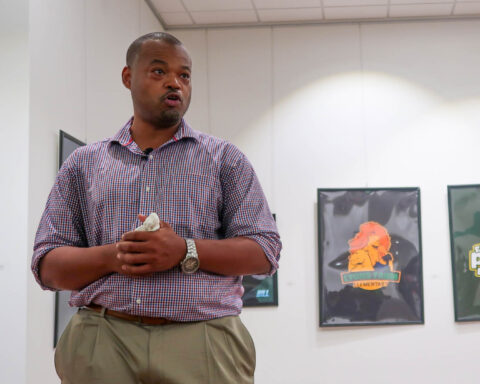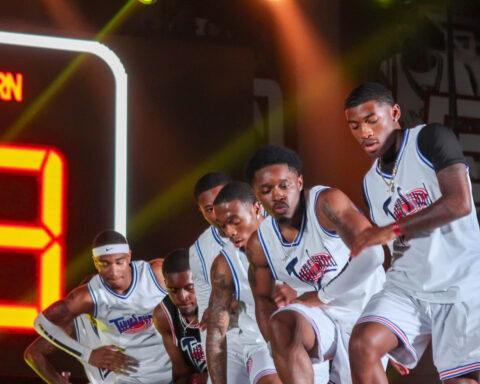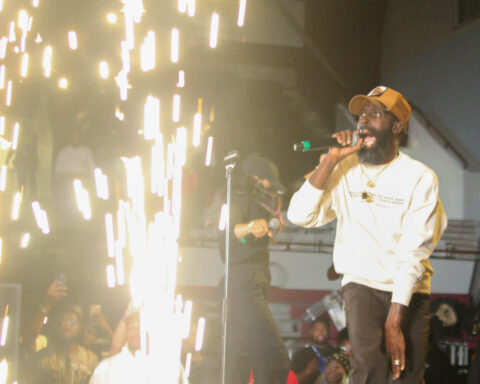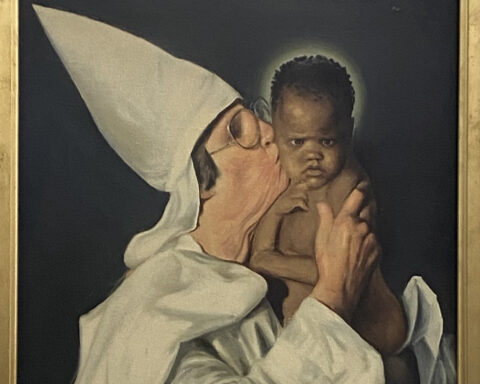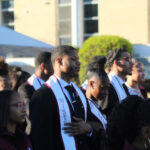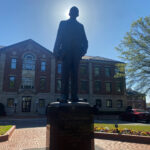The world of comic books is colorful, chaotic and sometimes a hot mess. There are so many ideas and styles, it can be hard to choose what to read. The comic book world has been developing into a more diverse universe and fans are loving it.
Well, some fans love the change, but not everyone is ready to adjust. Marvel may have given us our new African-American Captain America Sam Wilson in “Avengers NOW!” but comic book artists and writers still have a lot of work to do.
Comic book artist Afua Richardson knows this all too well. She is well known for her work in the award-winning ‘Top Cow’ mini-series “Genius” and has been named a “Woman of Marvel” and a “Jane of All Trades.” Diversity is an issue that’s close to her heart.
Richardson and other comic book artists and writers spoke on diversity in comics at North Carolina Comicon’s “Diveristy in 2015” panel on Nov. 13 in the Durham Armory.
On the panel, she briefly spoke about the uproar that followed her cover work on the Marvel comic hip-hop cover of “X-Men 92 to Infinity.” Some fans stated there were issues with cultural appropriation and the company was using hip-hop to make money.
“As a person who loves hip-hop, it was about what it represented,” said Richardson.
“We have nothing, we’re super broke, we’re making ‘wish’ sandwiches and we don’t have instruments but we can take other things that we love and make something new and speak about our experience.”
“Let’s deal with it here in a circle instead of shooting each other in the streets.”
This is what hip-hop meant to Richardson and she aims to show this to the next generation of comic readers. Richardson said hip-hop isn’t just about bling, money and sex; it’s about “community and re-inventing yourself, being a hero and being yourself.”
She added, “I understand that there is a lot going on right now and people have the right to be upset but I think it might be a little misdirected. I’m not saying that Marvel is perfect. God knows that’s not true. I’m not saying that DC is perfect, no company is. But in this instance, I personally saw Sanford Greene, Annie Wu, just so many different people who appreciated hip-hop from all over being able to bring their love of comics and their love of hip-hop culture together.”
Diversity isn’t just placing a person of color inside the panels. Diversity is also creating characters that stretch beyond the norm and have colorful personalities. Without these traits, important stories get lost.
“There would be a lot of dead stories,” said Richardson. “I think one thing that’s very dry about the old way comics were made was that they were scenario-based. It’s like, ‘here’s the kid next door.’ A scenario comes in and it changes them. Now they have superpowers, now they have this, now they have this overwhelming responsibility and you didn’t see a lot of diversity in their responses and in them as individuals. It kind of did a disservice to anyone reading and/or creating the story.”
To her, manga does so well because authors of manga create true archetypes of people that hit close to home and relate to the characters they draw and write.
As a comic book artist, Richardson share her experiences through her characters because many people may go through the same experiences but find it difficult to share them.
“To be able to know that someone who is homeless, sleeping on a subway can now not only survive but do what they love to do, I think that will give people the psychological permission to try,” Richardson said.
“They get defeated at their own thoughts, they get defeated at the door where they think ‘I’ve come from this situation, I’ve come from this scenario and someone like me can’t do this.’ If I can change that and say ‘you know what, someone like me is able to do this and so can you’ because I’m not a superhero, I’m not special. Not only in just making comics alone I can encourage people. I want to be able to really refine myself as a creator and as a writer … I feel like there’s a lot to be said.”

